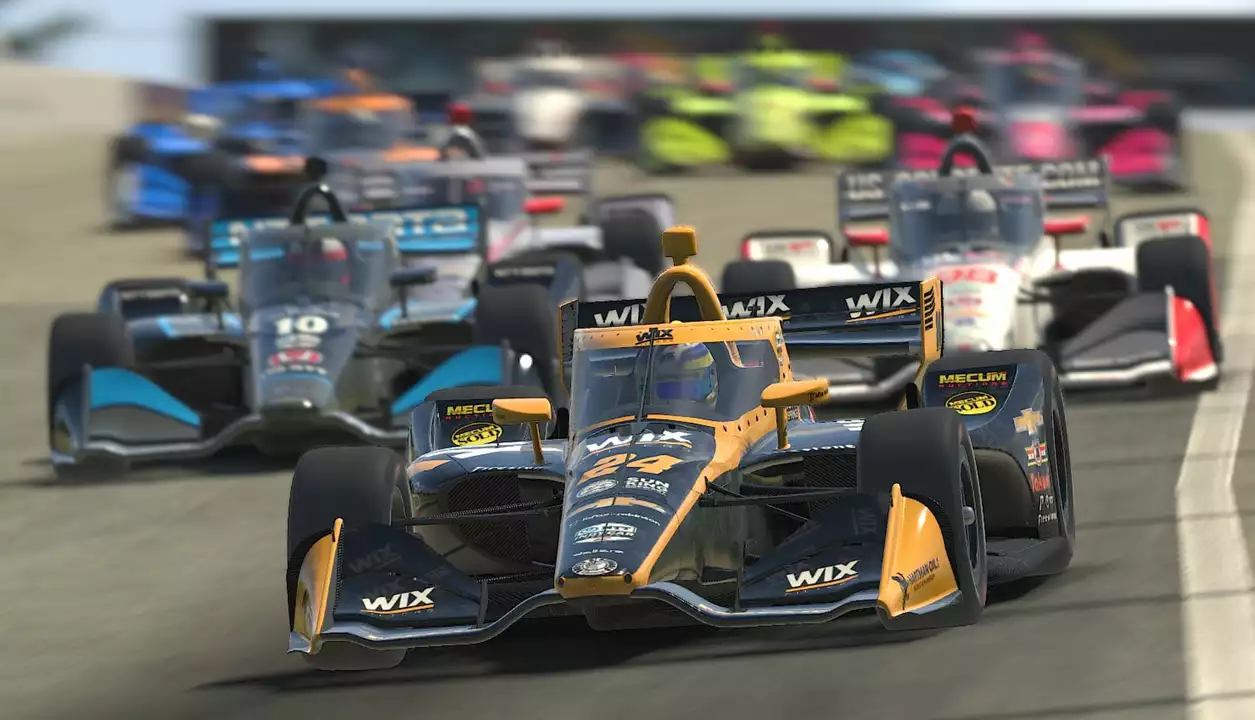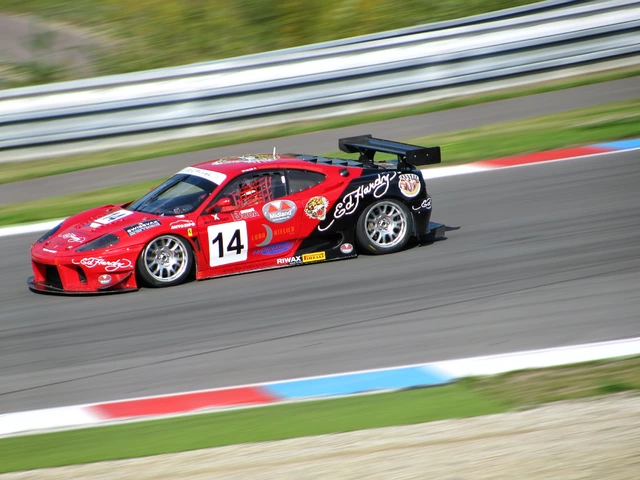F1 Drivers: News, Stats and Practical Tips for Fans
If you love the roar of a V6 turbo, the smell of burnt rubber and the split‑second battles on the track, you’re in the right place. This page gathers everything you need to know about today’s F1 drivers – from quick performance stats to how their driving style affects car setup.
Who’s on the Grid Right Now?
Every season the driver lineup changes a bit. In 2025 you’ll see familiar names like Max Verstappen, Lewis Hamilton and Charles Leclerc fighting for wins, plus fresh talent such as Oscar Piastri and Logan Sargeant stepping up. Each driver brings a unique blend of aggression, precision and feedback that shapes the car’s behaviour. Knowing who drives which team helps you understand why a car might feel more stable under one driver and more twitchy under another.
For example, Verstappen’s smooth throttle work lets his Red Bull run a tighter corner line, while Hamilton’s ability to manage tyre wear keeps Mercedes competitive even when the track gets dusty. When you watch a race, look for these subtle differences – they’re the secret sauce behind the headlines.
How Drivers Influence Car Setup
Drivers aren’t just pilots; they’re engineers on wheels. During practice sessions they talk to the crew about suspension feel, brake balance and aerodynamics. A driver who prefers over‑steer will ask for a bit more rear down‑force, while someone who likes a stable rear will ask for a different tyre pressure setup. At Jasmine Motorsport we use that kind of feedback to fine‑tune our performance parts for road‑legal cars, so the same principles apply.
Want to get a feel for a driver’s style? Check the telemetry charts – a fast lap with low brake temperature often means the driver is braking later. High engine map usage indicates aggressive acceleration. Those numbers tell you exactly how the driver extracts power from the machine.
Besides raw data, watch interview snippets. Drivers love to talk about track evolution, weather impact and even how they adjust their helmet visor for glare. Those tiny details can make a big difference in a race that’s decided by thousandths of a second.
Whether you’re a casual fan or a seasoned tuner, keeping tabs on driver habits gives you a roadmap for building a faster car. Use our parts catalogue to match the setup cues you hear from the pit lane – a stiffer rear anti‑roll bar for a driver who likes a loose rear, for instance.
Stay refreshed with our regularly updated posts on driver performance, race previews and behind‑the‑scenes tech talks. We keep the language simple, so you can jump straight to the facts without wading through jargon. Got a question about a driver’s line through a corner? Drop a comment and we’ll break it down.
In short, following F1 drivers isn’t just about cheering for your favourite. It’s a masterclass in how human skill and machine engineering fuse together. Use what you learn here to sharpen your own driving, choose the right performance parts, and enjoy every race a little more.

Are F1 drivers better than IndyCar drivers?
As a motorsports enthusiast, I've often wondered if F1 drivers are better than IndyCar drivers. After researching and comparing their skills, it's clear that both types of drivers excel in their respective racing disciplines. F1 drivers showcase incredible precision and control, while IndyCar drivers display remarkable adaptability and bravery on various track types. It's difficult to definitively say that one group is better than the other, as they are different in many aspects. Ultimately, it's a matter of personal preference and appreciation for the unique talents each driver brings to their respective sport.
View More



